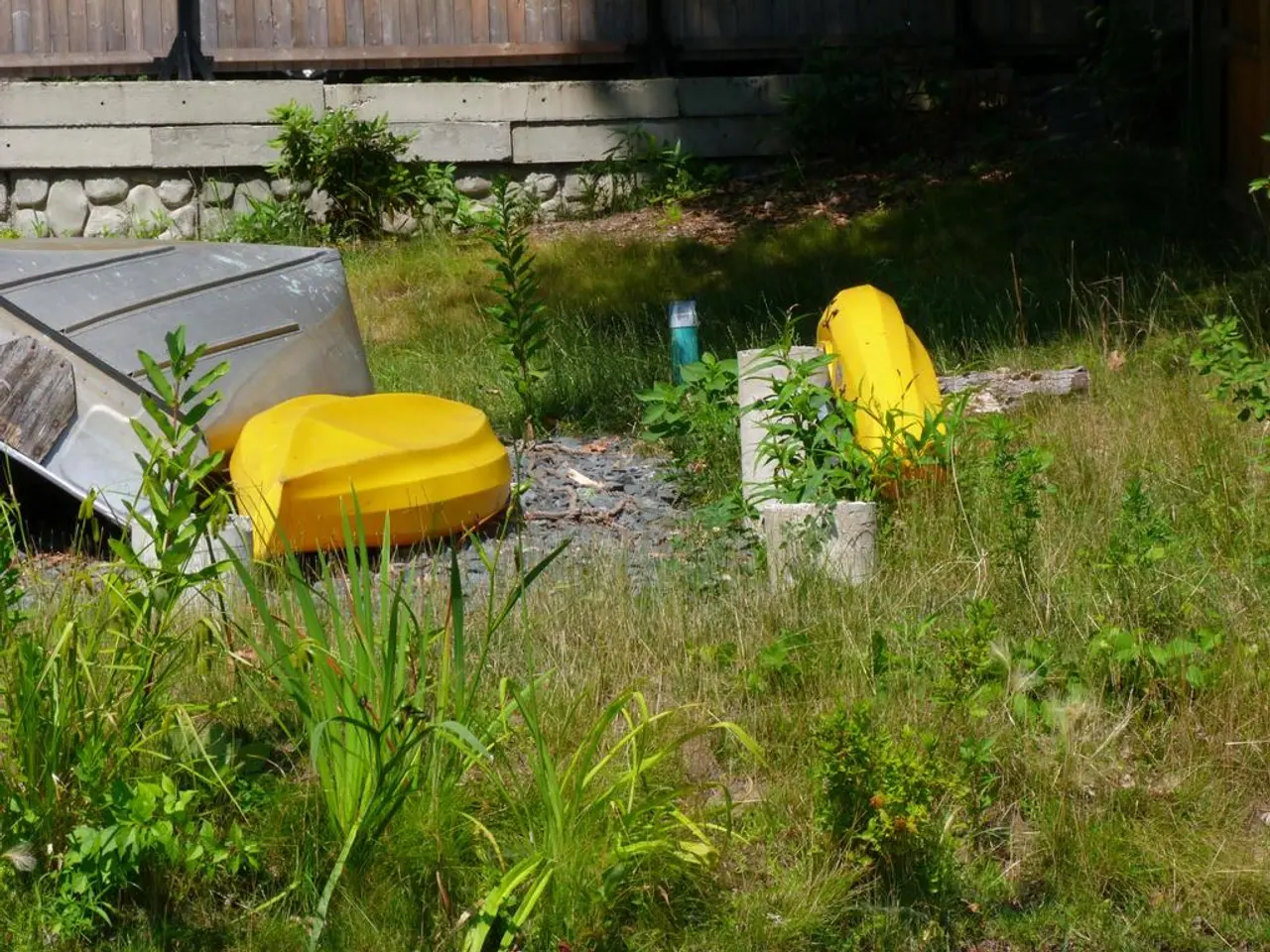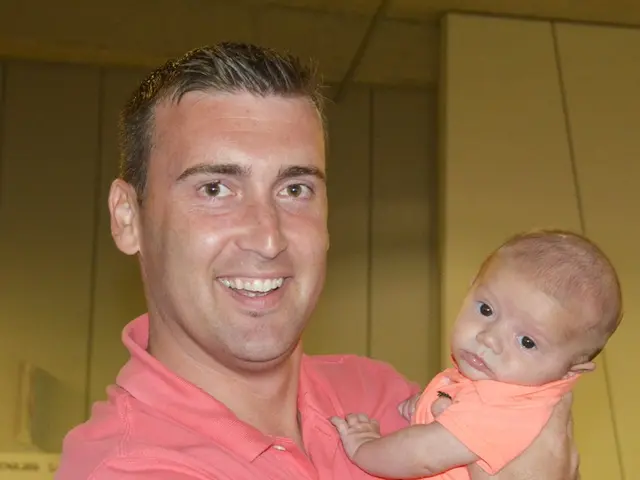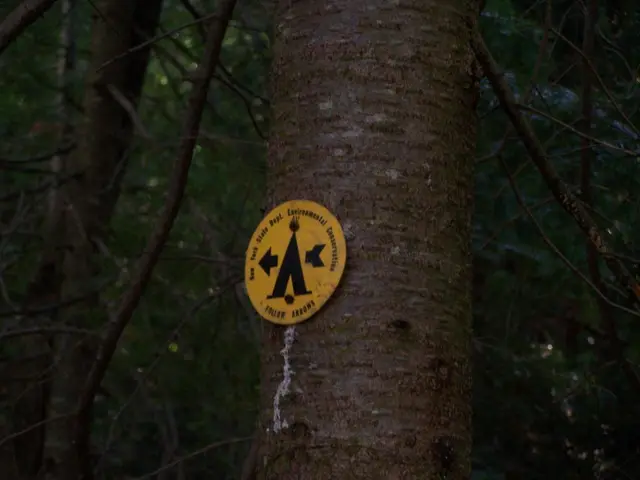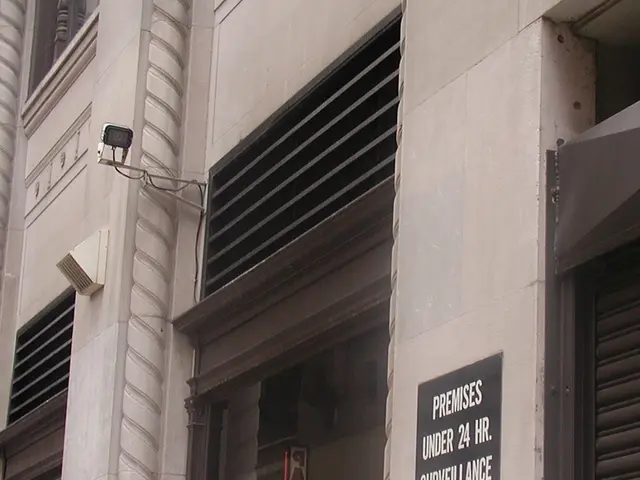Severe Weather Assaults Community Leading Climate Change Campaign in Alaska
In the heart of Alaska, the resilient people of Kivalina have traced their ancestry to the area back thousands of years. However, the community is now facing a daunting challenge due to climate change.
Located on a tiny barrier reef island of about 27 acres, completely surrounded by water, Kivalina is one of several Alaskan villages where residents have faced significant challenges due to coastal erosion, flooding, and permafrost thaw. The community of Kivalina needs to be relocated due to climate change lowering its natural defenses against increasingly strong storms, as stated in several U.S. government reports.
The relocation efforts for Kivalina have been ongoing for over 20 years, but remain incomplete. The current status of the relocation effort is marked by complexities that have led to social fragmentation, chronic stress, and deteriorating housing conditions. While some progress has been made, such as the construction of a seawall in 2008 that currently stands at 13 feet, these efforts have not been enough to fully safeguard the village.
The latest storm slamming into western Alaska is one of the most severe Bering Sea storms on record, according to the National Weather Service. Lack of ice means storms have the potential to grow stronger, as winds are traveling over the open sea for longer periods of time, building up more energy that is transferred to the water, creating larger waves when they hit the shore. Recent storms have caused up to seventy feet of land to be lost in one storm, threatening homes and lives.
Climate scientist Richard Rood states that the growth and severity of middle latitude storms like the current one is strongly influenced by the warm water of the sea. Due to warming Arctic temperatures, sea ice has decreased in the spring and taken longer to re-form in the fall, leaving the shoreline exposed and vulnerable for longer periods of time.
In an attempt to make the relocation process more just and rights-based, the Alaska Institute for Justice is working with several tribes to develop a relocation governance framework that prioritizes tribal sovereignty and Indigenous knowledge.
In 2008, Kivalina residents filed a legal claim against ExxonMobil and 23 other fossil fuel companies, arguing that the defendants are among the world's largest contributors to greenhouse gas emissions and have downplayed the severity of climate change. The lawsuit was dismissed in 2009 but has been appealed, with the ruling set for later this month.
As of now, there is no specific update on the immediate impact of the ongoing "epic storm" on the relocation process in Kivalina. However, the general challenges faced by such communities suggest that any additional severe weather events can exacerbate existing difficulties and further complicate relocation efforts.
The city council is preparing the school as an evacuation center, as it sits 19 feet above sea level. The residents of Kivalina, a low-lying village already affected by climate change, continue to face an uncertain future.
- The community of Kivalina, in Alaska, with ancestry tracing back thousands of years, faces a significant challenge due to climate change, as coastal erosion, flooding, and permafrost thaw pose threats.
- The climate change-induced vulnerability of Kivalina has necessitated its relocation, a process that has been ongoing for over two decades, but remains incomplete.
- The relocation effort for Kivalina is marked by complexities leading to social fragmentation, stress, and deteriorating housing conditions, despite some progress, such as the construction of a seawall in 2008.
- The latest severe Bering Sea storm, caused by warming Arctic temperatures reducing sea ice, has threatened homes and lives in Kivalina, causing up to seventy feet of land to be lost in one storm.
- Climate scientist Richard Rood suggests that the growth and severity of middle latitude storms, like the current one, are influenced by warm sea water, with warming Arctic temperatures leading to less sea ice in the spring and fall, exposing and vulnerable shorelines for longer periods.
- To make the relocation process more just, the Alaska Institute for Justice is collaborating with several tribes to develop a relocation governance framework prioritizing tribal sovereignty and Indigenous knowledge. In addition, in 2008, Kivalina residents filed a legal claim against major fossil fuel companies, arguing that they are significant contributors to greenhouse gas emissions and downplay the severity of climate change.








